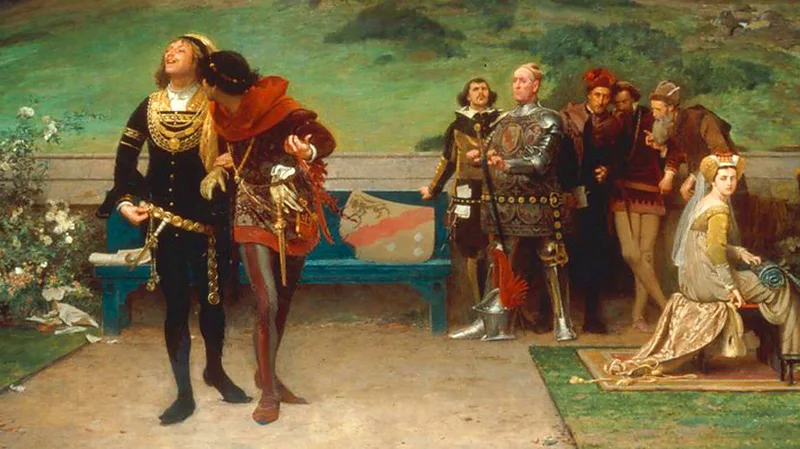The Baltic Express: Central Europe’s new hop-on hop-off train Tristan Rutherford
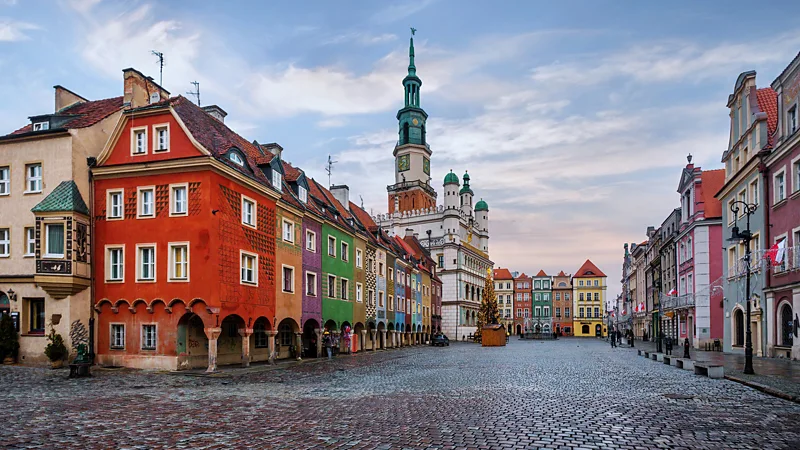
The Baltic Express: Central Europe’s new hop-on hop-off train On a bright winter morning, the Baltic Express departs Prague. As the sky lightens, medieval Prague is shown through the train’s windows like a Netflix teaser. From armchair seats in private compartments, a city of Rococo castles and broad boulevards emerges: the “Paris of the East,” virtually unaffected by Nazi occupation in the 1940s or communist planning in the 1970s. Moments later, the train hums through a classic Czech landscape. The train speeds north, passing onion-domed churches and icy fishing lakes.
The recently opened route from Prague to Gdynia on Poland’s Baltic coast runs four times daily and connects travelers directly to Central Europe’s most lively and less-visited destinations, which were previously difficult to reach. It will appeal to foreign travelers who wish to combine a city break with a countryside experience, followed by a beach getaway.
The name “Baltic Express” is an audacious misnomer. Consider this new 878km link to be one of the rapid plane-killer routes that have become popular in recent years, such as London to Amsterdam or Istanbul to Ankara, but rather one designed to fight with low-cost carriers. Instead, the eight-hour excursion offers a picturesque historical tour of overlapping empires via some of the Czech Republic and Poland’s most vibrant towns, including Gdansk and Poznan. Best of all, this low-cost and immersive tour lets travelers to jump on and off anywhere they choose.
My adventure
My adventure began in Prague’s Hlavní Nádraží station. From the outside, the terminus resembles a cathedral for rail travel, with twin cupolas rising from its roof, similar to Roman temples. The station was created in 1871, when the Austro-Hungarian Empire, which governed Central Europe, laid rail tracks throughout the empire to connect all trade and security via Vienna, the empire’s capital.
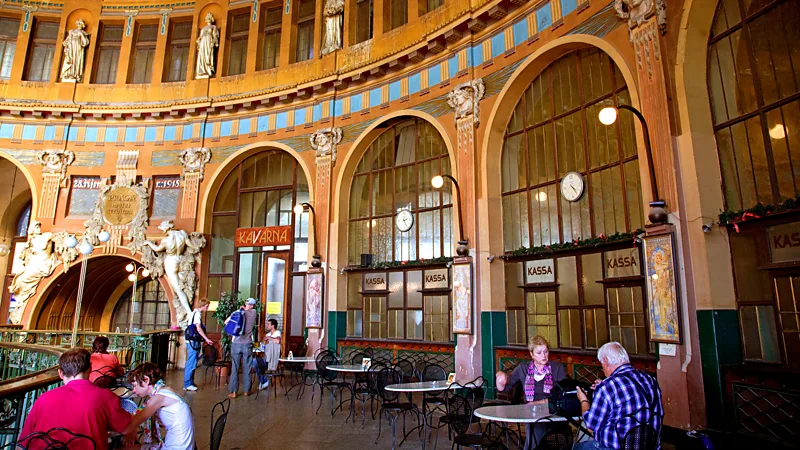
The main departure hall at Nádraží Hlavní station was adorned in a socialist rainbow of primary colors during the Czech Republic’s time in the Soviet Empire. Unbeknownst to most passengers, one floor above is an authentic Art Nouveau waiting area, with a towering dome overlooking Romanesque sculptures and polished brass rails. In 2024, the upscale Foyer Café opened in an adjacent salon, offering Czech riesling and viennoiserie pastries high above the hoi polloi. It’s a good approach to begin a continental meander.
After barely one hour on the Baltic Express, I make my first hop-off station in Pardubice. The 100,000-strong city emanates Czech charm. The ancient town square resembles Prague, with church steeples fashioned like space rockets and pastel-colored mansions. Pardubice’s Austro-Hungarian townhouses are as quaint as those seen in every imperial city, including Sarajevo, Brno, and Lviv. However, I can count the number of tourists that day on one hand.
Train Journeys
Train Journeys is a BBC Travel series that celebrates the world’s most interesting train rides and inspires readers to travel overland.
In 1911, Kašpar flew south
Ironically, sculptures in Pardubice honor the birthplace of Czech pilot Jan Kašpar. In 1911, Kašpar flew south from Pardubice to Prague, using the same railway rails as the Baltic Express. Since then, the mechanical efficiency of flight has battled with the romanticism of railways.
I rejoin the Baltic Express an hour before dark. The terrain rises in an undulating green shine toward the Polish border. First came the oak woodlands, then the wild deer and the freezing streams. The train then passes through pine forests, hunting lodges, and heavy snow as it climbs into the quickly approaching darkness. As Europe has become borderless, our train arrives in Poland to the sound of a chorus chirp from passengers’ cellphone networks.
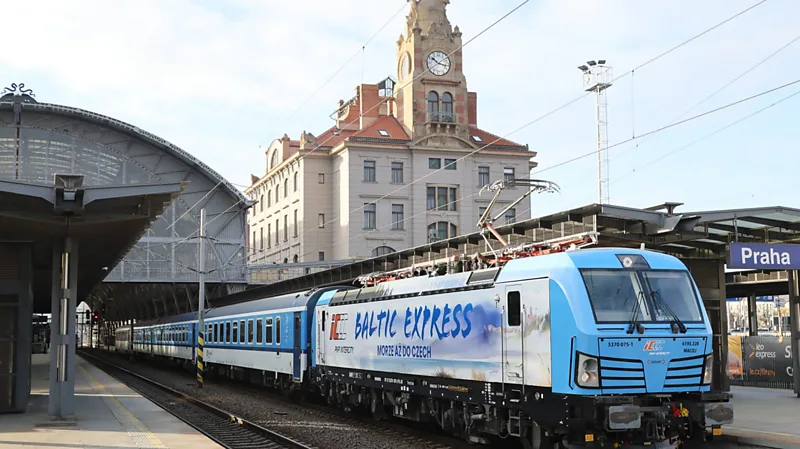
Marta Kortas, a data analytics professional from Gdansk, and I share a sitting compartment. “The train has made a new connection for me because I have friends in Prague and southern Poland,” she told me. The rural Silesia region speeds past in the dark, with stops for thermal springs and salt mines. Kortas resided here during the Covid lockdown. “I even imagined moving back and taking the train to work a few days a month. Direct links between Prague, Wroclaw, and Poznań make that idea much more achievable.”
More similar to this:
• A new night train connecting some of Europe’s great cities
• Europe’s stunning high-tech luxury train
• The Train d’Artouste: Europe’s highest narrow-gauge train
Around 20:00,
Around 20:00, I disembark among Polish business travelers to spend the night in Wroclaw, Poland’s ancient third city. Prior to 1945, Wroclaw was known as Breslau in German, and its Teutonic-Gothic rail station was created by a Prussian architect. After World War II, Poland’s boundaries extended west, and the rail station formerly known as Breslau Hauptbahnhof was renamed Wroclaw Glowny, while direct services to Berlin continue to run on tracks established by the German Empire over a century ago.
I wake up to Wroclaw’s swirling snow and board the Baltic Express for the third time, wandering along the length of the eight-car train to assess the passenger demographic. Bike racks and seat tables, a dining car, and a coffee bar are used by everyone from Polish grandmothers to Czech work-from-home employees. Jan Hrabáček of Czech national train operator České Dráhy, whom I spoke with on way, anticipates this mix.
“We already have a connection from Prague to Budapest and Warsaw,” adds Hrabáček, who helped establish the Baltic Express line. “So the idea of the Czech and Polish transport ministers was to connect the quickest possible route from Prague and Wroclaw to the sea.” Tourism, not business, will be the primary summer driver. According to Hrabáček, Czechs used to go south to Croatia for holidays, but it is now more expensive. “Czech people ‘found’ Poland as a destination because the beaches are great and the weather has become warmer.”
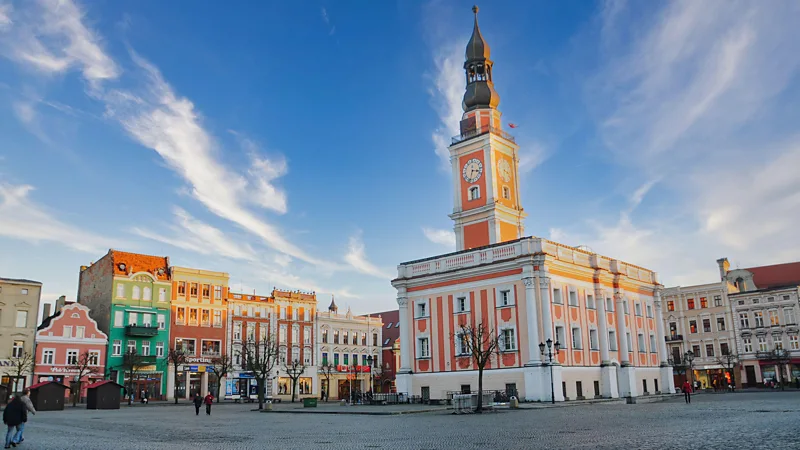
The Baltic Express offers a chance to see hidden gems such as Kłodzko, a Czech spa town, and Leszno, a historic city in Poland. My concluding visit is in Poznan, a Polish cultural hub with a historic town square as picturesque as any envisaged in a Disney story.
square’s Military Museum
I begin with the square’s Military Museum, where rakish Napoleonic tunics and dazzling air force uniforms – Polish troops knew how to dress – convey a darker narrative. Poland has only had 50 years of freedom in the last two centuries due to Austro-Hungarian, Nazi, and Soviet occupations, making the preservation of the country’s culture even more noteworthy during tough times.
Plan your journey.
The Baltic Express visits more than 20 spectacular places, including two Unesco World Heritage sites. Spend a night or two in a picturesque Central European city along the way, or stop for a few hours of sightseeing or lunch in one of the smaller towns before resuming the four-times-daily service. Individual tickets can be purchased on the national rail operator websites in the Czech Republic or Poland. Alternatively, an Interrail pass provides unrestricted hop-on/hop-off travel.
For example, the Basilica of Our Lady of Perpetual Help’s interiors resemble a darkly atmospheric Vatican, with a ceiling as detailed as a Faberge egg. I hear that the Nazis converted the basilica into a warehouse before restoring it after WWII. Meanwhile, Poznan’s great brick brewery, Stary Browar, which was a city in its own right, was closed down during the Soviet era. It has been revived as a cultural and retail hub near the train station.
At midday, I begin my final stretch into Gdansk. As I board the train, the conductor I met the day before greets me with a nod of greeting. The Baltic Express is beginning to feel like home.
pork-stuffed cabbage leaves
The dining vehicle provides the most comfortable environment. The cook grills fresh gołąbki (pork-stuffed cabbage leaves), her helper serves pumpkin barley with kale, and the server decants bottles of Łomża beer. WARS, a train food firm that has served international rail routes from Irkutsk to Istanbul since 1948, occupies a particular place in Polish hearts. It’s a long way from the British Rail sandwich.
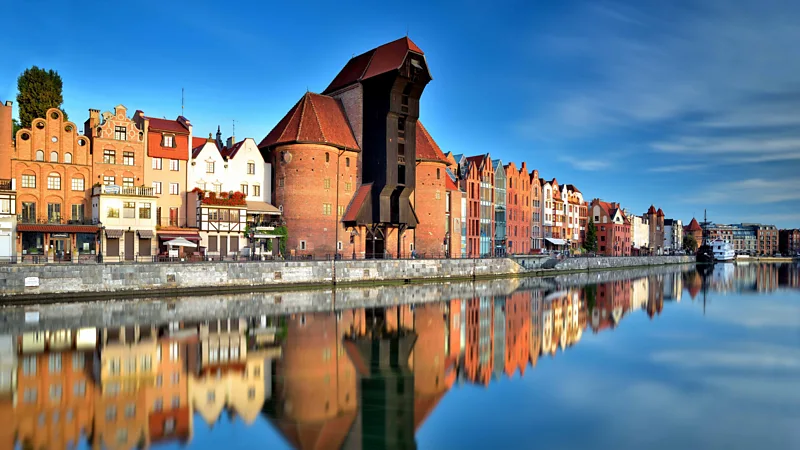
Karolina Paszkiewicz, a marketing expert, is among the diners. “The trains Poland had 10 years ago were slow and cold,” she tells me. Paszkiewicz’s clientele live in Gdansk, which is nine hours by rail from her birthplace of Wroclaw. “Today it’s four and a half,” Paszkiewicz grins as she eats a Polish apple pie. “After you’ve eaten and opened your laptop, it’s time to get off.”
We’re nearing the end of the queue. Outside, the ground freezes and flattens. A flurry of birds signals that we’re approaching the sea. For seven centuries, Gdansk’s natural harbor has served as Poland’s international gateway. As a member of the Hanseatic trading league, the port city sent commodities over the Baltic Sea to Hamburg, Riga, Bergen, and Bremen. From our slowing train, we can see beautiful wharf homes where beeswax, amber, and furs were winched from passing ships.
Gdansk is inextricably linked to its past. The rail station is similar to Colmar station in France’s Alsace region, which was also created by German architects during Imperial Germany’s rule in both areas. The city’s Second World War Museum explains how one of the world’s most devastating conflicts began right here. Finally, the European Solidarity Centre emphasizes Gdansk’s shipworkers’ involvement in bringing down Soviet communism decades later.

